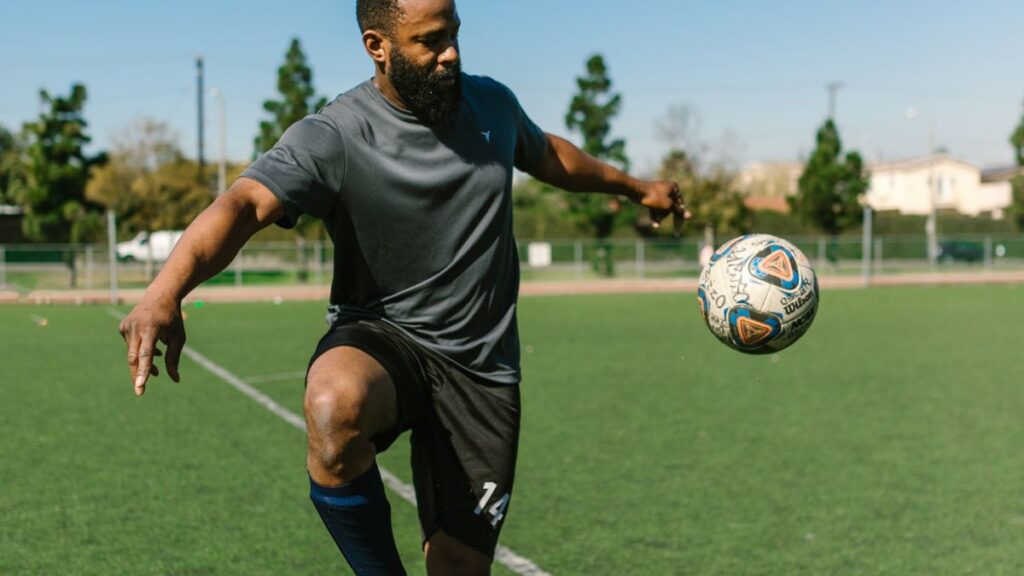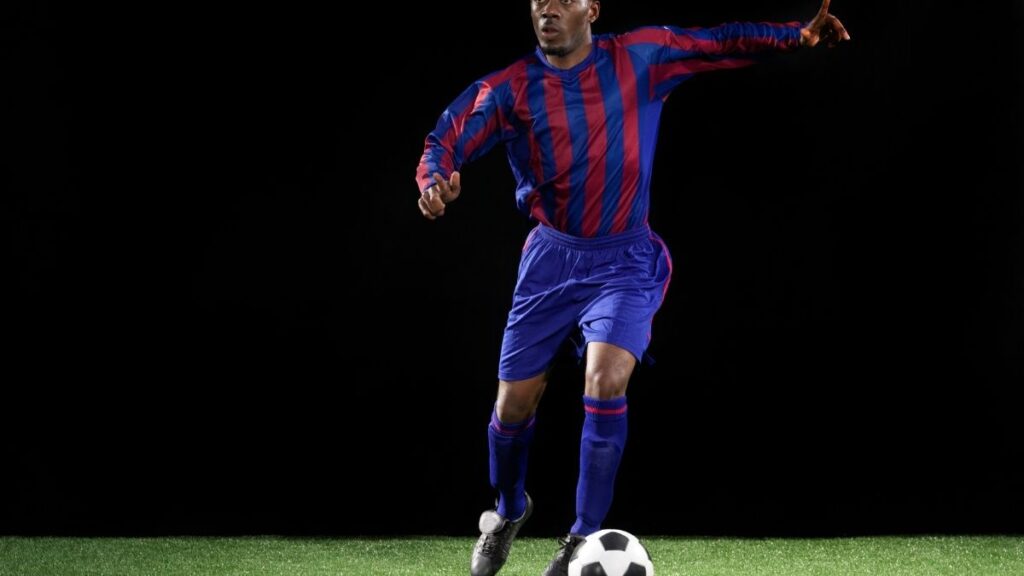Boost your betting experience and get up to $200 bonus right now!
Every time El Clasico comes around, the world stops to watch. It’s far more than just a football match between Real Madrid and Barcelona; it’s a pulsating global spectacle fueled by intense rivalries, deep-rooted histories, and a fan culture that stretches across continents. From fervent local devotion in Spain to passionate supporter groups in New York, Sao Paulo, and even war-torn regions such as Ukraine, the scene is electric and deeply personal. The mighty reach of both clubs—Barcelona with over 308 million followers and Real Madrid surpassing 356 million across various social platforms—showcases how this rivalry has evolved into a global cultural phenomenon. Preparation by each side is not only tactical for the pitch but also emotional and ritualistic in their fan communities, combining tradition, modern branding partnerships such as Adidas, Nike, and Spotify, and a united fanhood that spans across languages and borders. Understanding how these fan cultures gear up for El Clasico offers a unique lens into football’s power to unite, provoke, and inspire. Let’s dive into the vibrant preparations, the unbreakable bonds, and the worldwide fever for this legendary encounter.

How Penyes and Supporter Groups Amplify El Clasico Atmosphere Worldwide
At the core of El Clasico fan culture lies the rich network of ‘penyes’—official supporter groups rooted in community spirit and loyalty. These groups are the beating heart of Barcelona and Real Madrid’s global support, forming “little embassies” that bring the clubs’ spirit to life around the world. Over 3,700 penyes exist for these clubs, each with a structured membership system. A distinctive feature is that many penyes require a significant number of their members to be official club socios, preserving authentic ties even thousands of miles away from Spain.
Take, for example, New York’s Pena Madridista NYC, which doesn’t just gather fans to watch the game but combines events with heartfelt celebrations like Mother’s Day, forging bonds beyond football. Meanwhile, in Sao Paulo, the Penya Barcelonista adapts creatively, sometimes having to relocate gatherings into hotels instead of their usual beloved bars—yet the passion to cheer for their team remains undiminished. These groups organize viewing parties that echo with drums and chants, emulating the charged environment of Camp Nou or the Santiago Bernabeu.
As with any global fan culture, there are challenges. Ukrainian supporters, grappling with conflict, host smaller-sized gatherings in pubs but hold onto hope for a return to vibrant celebrations. This resilience demonstrates how football can offer solace and unity regardless of hardship.
| Supporter Group Locations | Size of Events | Unique Traditions |
|---|---|---|
| New York (Pena Madridista NYC) | Hundreds at community centers | Mother’s Day combined events |
| Sao Paulo (Penya Barcelonista) | Smaller hotel-based gatherings | Adaptation due to venue change |
| Kyiv, Ukraine | Small pub viewings | Hopeful remembrances of past |
This global network strengthens fans’ sense of belonging and identity, extending El Clasico’s influence far beyond the matchday roar. To discover more on supporter group dynamics, see ultra culture and fan expression.

Global Viewing Parties and Local Race for the Ultimate El Clasico Experience
When Barcelona faces Real Madrid, it feels like the whole world adapts its clock to the kickoff. Viewing parties become social pilgrimages—from Los Angeles’s Real Madrid club setting up a vibrant arena filled with fans and rhythmic drums to the neighborhoods of New York where street posters announce the game as a major communal event. The spectacle is not just visual; it’s an atmospheric storm of excitement where every pass, tackle, and goal sparks a ripple of cheers and gasps.
Fans prepare days in advance, making sure Adidas and Nike kits are ready, while local bars and community centers partner with sponsors like Coca-Cola and Mahou to fuel the celebrations. This party culture isn’t exclusive to Spain or Europe. In India, enthusiastic groups congregate in cafés with LaLiga’s free streaming partnerships on platforms like Facebook, swelling the viewership of these matches.
Consider the following tactics fans use to maximize their El Clasico experience:
- Coordinating time zones to catch the live match despite odd hours across continents.
- Organizing themed viewing parties incorporating club-sponsored brands like Emirates for official merchandise or Spotify for curated matchday playlists.
- Using social media hashtags and live-streaming highlights to amplify the reach of their celebrations.
Such preparation enhances the atmosphere, transforming a regular match viewing into a cultural festival. This global dynamic cements El Clasico’s position not just as sport but as a highly anticipated event worldwide.
| City | Viewing Location Types | Sponsors Involved |
|---|---|---|
| Los Angeles | Community halls, Outdoor screenings | Coca-Cola, Adidas |
| New York | Bars, Social clubs | Nike, Mahou |
| New Delhi | Cafés and streaming hubs | Rakuten, Spotify |
Read more about fan stadium experiences and communal energy during big games at stadium experiences and fan culture. Real Madrid and Barcelona’s engagement through Audi’s mobile advertising and EA Sports gaming events keeps the energy alive all year, showcasing a 360-degree approach to fan involvement.
The Role of Iconic Players and Rivalries in Shaping Fan Devotion
El Clasico’s pulse beats strongest when the stars take center stage. The rivalry is not only of clubs but of players whose legacies intertwine with fan memories. The era of Messi and Cristiano Ronaldo transformed El Clasico into a global magnet, their battles encapsulating the genius and drama that turn casual viewers into die-hard fans. In 2025, the legacy continues with exciting talents and the ever-present football theater keeping the rivalry fierce.
Fans prepare obsessively by revisiting legendary moments—like Messi’s hat-tricks or Zidane’s celebrated goals at Santiago Bernabeu—to stoke anticipation. These stories aren’t just about skill but about identity and emotion, fueling chants, banners, and fashion trends that ripple through supporters worldwide.
Top five iconic moments that fans relive before every El Clasico:
- Ronaldinho’s mesmerizing performance in the Bernabeu in 2005 that sparked a global fan surge.
- The Messi vs. Ronaldo era, featuring edge-of-the-seat duels and stunning goals.
- Zinedine Zidane’s volley in 2002, a timeless classic celebrated by Madrid fans.
- Historic comebacks and nail-biting finishes that elevate the fixture beyond sport.
- The recent 2024-25 season clashes that saw Barcelona triumph in all four meetings, sparking conversations on evolving strategies.
In addition to inspiring chants and banners, these past battles influence football fashion, leading fans to adopt Adidas or Nike gear to replicate their heroes’ flair. It’s no coincidence the clubs have partnerships with global powerhouses like Beko and Rakuten, which help fans feel connected to their idols through official merchandise and digital experiences. Fans deeply engage with these narratives, often sharing stories through platforms detailed in football tributes and fan storytelling.
Psychological and Emotional Preparation: The Mindset Behind Devoted Fanbases
El Clasico is a battlefield not just on grass but in the minds and hearts of millions. Fans engage in intense psychological and emotional preparation that mirrors the high stakes on the pitch. For many, this is more than entertainment; it’s an identity marker that can influence moods, conversations, and social interactions for days or even weeks after the game.
Preparation steps often involve:
- Recollecting past triumphs and wounds to mentally brace for the outcome.
- Building camaraderie in fan clubs to share the emotional rollercoaster collectively.
- Adopting rituals such as watching pre-game documentaries or wearing lucky Adidas/Nike apparel for an extra boost of confidence.
- Engaging in social media debates and predictions, which heighten anticipation and fan interaction.
- Supporting charity or community events associated with club partners like Coca-Cola or Mahou to deepen the sense of belonging beyond the matchday.
This intense emotional investment breeds moments of joy and heartbreak that transcend normal sporting events. It’s the reason why the rivalry talks at work or school and sparks spirited discussions that unite diverse groups. Notably, chipboard pubs in London or street screenings in Los Angeles become theaters of fan expression, echoing the vibrant energy you can explore more at football fandom unique experience.
| Emotional Preparation Strategies | Examples | Impact on Fans |
|---|---|---|
| Ritualistic apparel wearing | Donning club Adidas or Nike kits | Boosts morale and connection |
| Collective viewing with peers | Penyes and fan clubs worldwide | Shared emotional highs and lows |
| Pre-match media consumption | Documentaries and highlight reels | Increases anticipation and attachment |
This emotional rollercoaster is why El Clasico remains etched in fan memory long after the final whistle. The fusion of psychological depth and social belonging makes every match an epic saga.
How Global Brands and Marketing Shape the El Clasico Fan Experience
Modern football fan culture is deeply intertwined with global brand partnerships which help amplify and sustain the El Clasico frenzy. Adidas and Nike don’t merely outfit the players but become symbols in fan fashion and matchday rituals, translating the pitch’s energy into street style across continents. Audi’s presence through luxury car sponsorships, Emirates’ iconic stadium sponsorships, and the integration of Spotify’s curated football playlists redefine how fans engage with the game around them.
The involvement of consumer giants like Coca-Cola, Mahou, Beko, and Rakuten enriches the whole fan ecosystem, providing everything from matchday refreshments to digital content and interactive promotions. As fans prepare for the big day, these brands become woven into the fabric of rituals—whether sipping Mahou beers during viewing parties or flaunting Rakuten-sponsored apparel at gatherings.
Here’s a breakdown of key brand influences on the fan experience during El Clasico:
- Adidas & Nike: Official kits, fan apparel, and grassroots football programs.
- Audi: Stadium advertisements and exclusive fan events.
- Emirates: Branding across stadiums and exclusive travel partnerships.
- Spotify: Custom playlists and podcasts celebrating El Clasico culture.
- Coca-Cola & Mahou: Food and drink sponsors at fan zones worldwide.
- Beko & Rakuten: Digital content and fan engagement activations online.
These collaborations create a multi-sensory environment that makes El Clasico more than just a match but a global lifestyle moment. Fans not only watch the players but live through these extended experiences that transcend countries and cultures. For more on football fashion’s influence on fan culture, explore football fashion influence revolution.
Join today and grab up to $200 bonus for your next bets!
Content assisted by AI. This article was created in whole or in part with the help of artificial intelligence.